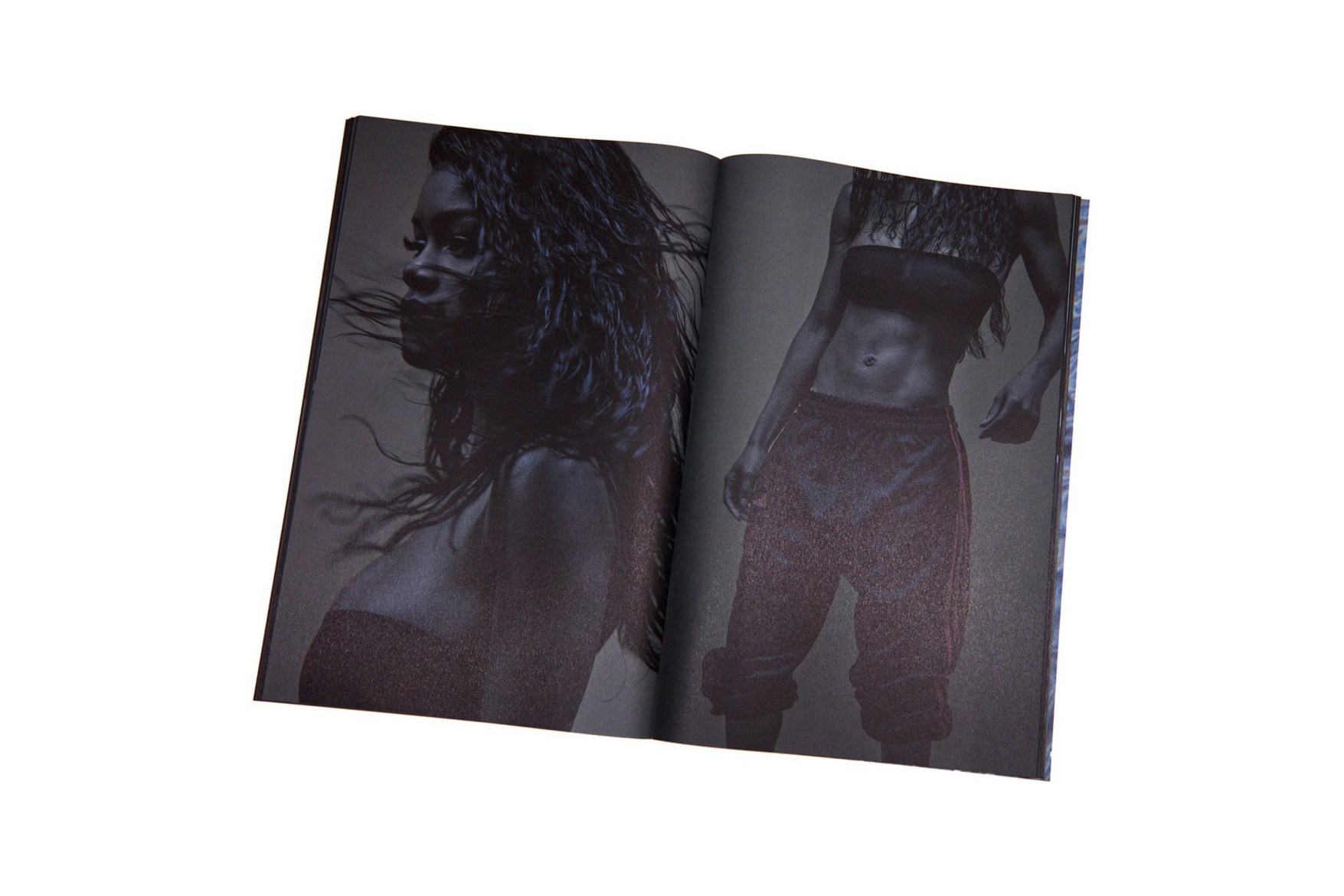Yeezy and Kanye West
Yeezy Season 3 – 4 Zine
Thames & Hudson
 The Yeezy phenomenon is one that ties in with the zeitgeist of artificially created hype and scarcity. Camping outside of store days ahead of a new limited drop has become a common occurrence with the reward being to be allowed to pay handsomely for a pair of sneakers, the value of which instantly doubles, triples or quadruples if resold to those less fortunate.
The Yeezy phenomenon is one that ties in with the zeitgeist of artificially created hype and scarcity. Camping outside of store days ahead of a new limited drop has become a common occurrence with the reward being to be allowed to pay handsomely for a pair of sneakers, the value of which instantly doubles, triples or quadruples if resold to those less fortunate.
Kanye West’s Yeezy collections and on-going endeavours in the world of fashion have become his second most successful business endeavour apart from music.
At the end of the day, it is all about context, association, perception, brand building and combining all the into an idiosyncratic whole that make a simple shoe worth much more than what they are.
I have to admit that the shoe designs of the Yeezy collections have never really excited me, however, the aesthetic that has been built around the brand and its incarnations along with the curation and art direction, has intrigued me – especially since it has left its indelible mark on the wider fashion industry.
I also like that fact that behind the hubris that at times informs his persona, Kanye West appears to be acutely aware of the fact that it took his status as a popstar to enable him to get this far in fashion, which by some is perceived to be the highest form of art.
The fact that there is more going on around his sneakers, is the opulently illustrated and curated zine for his fashion creations.
YEEZY Season 3–4 Zine zeros in on the third and fourth collections of Kanye West’s YEEZY footwear, apparel and accessories line.
In essence, the at times gloomy and atmospheric photographs by Jackie Nickerson, a renowned conceptual photographer, are a feast for the eyes that make far more than a mere look book.
The way not only the garments and shoes are depicted, but also how the models and Kanye’s muses are set into scene suggests that there is more to the collections than what materializes on shelves at retailers.
The zine comes in an extravagantly oversized format, printed on rough, uncoated Kamiko paper with intensely black ink and is of course usually quickly sold out.
While this might not be considered an essential addition to the canon of books on luminaries of the fashion world, it is certainly testament to the unique lane the man has carved for himself and makes for a stylish adornment in my design section of my library, however, one that because of its monstrous size would demand a book shelf constructed by Maurits Cornelis Escher.